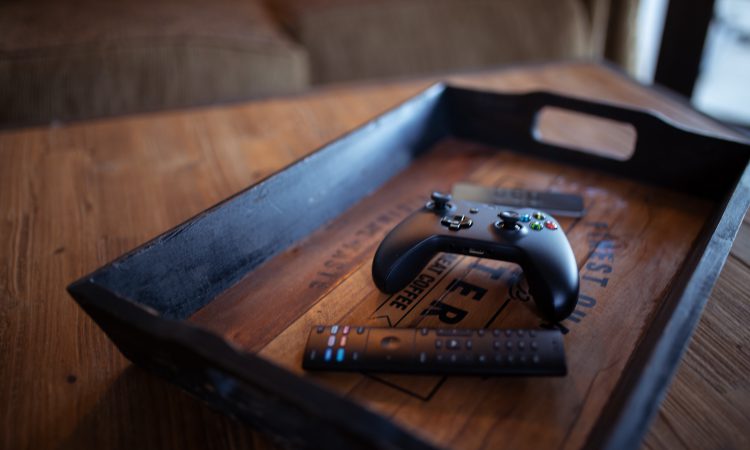Video games have been around since the early 70s, but became mainstream in the 80s. Everyone played some kind of video game in the 90s and the 2000s and onwards brought us cheap computers, consoles and other ways of accessing video games, most notably, smartphones.
Due to this rapid development of video games and gaming in general, various gaming cultures developed over the years and some even have defining characteristics. Here’s a brief look at gaming cultures worldwide.
Gaming in South Korea

In South Korea, PC bangs are very popular. A literal translation from Korean would be PC room, kind of like an internet cafe, but oriented towards gaming. Korea has a very fast broadband connection and almost everyone owns a PC, yet PC bangs are very popular, even today, as they serve as a way of socializing with your peers. One pays a small amount of money on a per-hour basis. This is interesting, because even though the prices are cheap, Korean players are known for their fast-paced gameplay and surrendering often if a game goes south. Time constraints are still a shackle in PC bangs.
PC bangs became popular with the release of the original Starcraft in 1998. People of all ages visit PC bangs and game often, yet the vast majority of visitors are males in their early 20s or in their teenage years.
Gaming in South Korea is interesting as it is regulated by the government, somewhat. For example, in order to create a League of Legends account on the Korean server, one must link it with their social number, which only citizens of South Korea have.

South Koreans take esports very seriously and they are often the best in many video games, most notably Starcraft and League of Legends, the two most popular games in South Korea. The teams often get sponsorships easily, from giant companies like Samsung or SK Telecom.
Video game addiction is also to be expected with such a saturated market, and is a problem South Korea is dealing with.
Gaming in the West
In the western parts of the world, namely Europe and the United States, gaming became increasingly popular in the 2000s and onwards. Professional gaming existed for a while, yet it wasn’t talked about or accepted as something serious until 2010 and onwards. Popular esports MOBAs like Dota 2 and League of Legends changed the esports scene. 2012 saw the release of Counter Strike: Global Offensive, which introduced a classic back into the esports scene.

The early years, when these games were young, from 2009 to 2014, esports was not really seen as something meaningful. In the past couple of years, the various societies have become more acceptant of video gaming and professionals, particularly. People cannot really frown upon esports athletes when the Olympic Committee is looking at making esports an Olympic sport.
Internet cafes also exist in Europe and the US, yet they are not as popular as in South Korea. They are still in business, so they must be popular enough.
This is a brief look at video game cultures worldwide.

